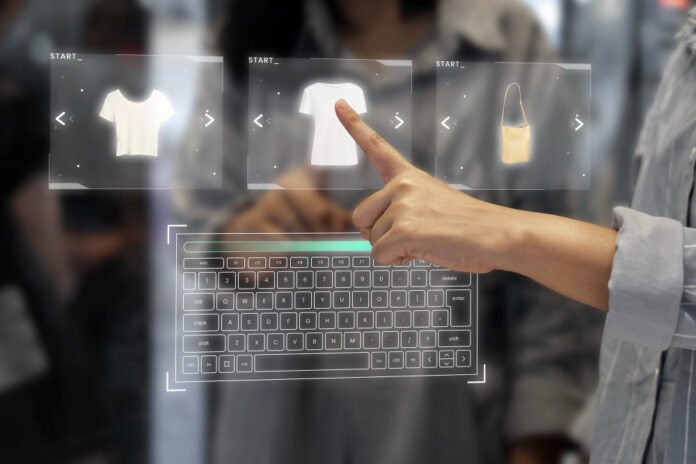As shoppers continue to become increasingly digital, retailers will have to adapt to survive. Shoppers today have grown accustomed to convenient, personalized shopping experiences that are only made possible by advanced retail technologies and trends like the internet of things (IoT) and artificial intelligence (AI). The following retail trends will be the biggest in 2023, changing the way shoppers shop forever.
Retail technology has become more advanced and useful in the last five years than ever before, and it’s only going to get better in the next five years. No matter what type of retail business you run or plan to start, if you want to remain competitive you’ll need to know the five biggest retail technology trends that will be around in 2023. This article will help you understand what they are and how they’ll affect your business so you can plan accordingly.
Cashless shopping
Retailers are realizing that cashless shopping is good for both business and customers-customers can shop with less worry about how they’re going to pay and retailers don’t have to worry about employees being robbed or being stuck with a handful of bills on payday.
Experiential retailing
Retailers are turning to technology to provide consumers with an experience that goes beyond the physical store. With new technologies like virtual reality, augmented reality and robotics, retailers are able to create a seamless connection between online and offline commerce. This is called experiential retailing. It’s a trend that will change the way we shop forever.
Autonomous delivery
In the future, you will be able to buy anything online and have it delivered to your front door. Amazon has already invested in autonomous delivery through its Prime Air drone service. It is rumored that Google will soon be following suit with Project Wing. These technologies are still in their infancy, but we can expect rapid developments in the coming years as retailers seek competitive advantages to stay on top of this trend.
Social and omnichannel commerce
In the next ten years, brick and mortar stores will be more than just places to shop; they’ll also be destinations. Stores and restaurants will work together to create an experience tailored to your tastes and preferences. This type of social commerce will make it easier for retailers to stay in touch with their customers and get real-time feedback on what products are doing well. These interactions will also lead to a better understanding of who people are, what they like, and how they want to interact with brands in the future.
Resilient and secure retail
Retailers need to be resilient and secure to survive, which means they will need to continue investing in technology. One way they are doing this is through the use of cloud-based data storage and other cloud-based services.
PoS Systems and Ecommerce
PoS Systems will be key for retailers to deliver on the promise of personalization and convenience, as shoppers expect to see their favorite products and prices on the shelf without having to search. Ecommerce will be critical in enabling personalized shopping experiences while also managing inventory at scale.
Indoor Positioning — Not Just For Store Maps
Indoor Positioning is a huge trend in retail technology. With mobile phones and GPS, store maps are now more accurate than ever. You don’t have to wander around the mall or get lost in a maze of aisles anymore! You’ll know where you are and which way you need to go at all times with indoor positioning.
Augmented Reality for Consumers and Workers
In the next 10 years, augmented reality will be a standard tool for consumers and workers in retail. Consumers will be able to shop products they can’t see in their physical store by overlaying digital images on top of the real world. Workers will have AR too, with special glasses that show them instructions or warnings about what they’re stocking.
Artificial Intelligence in the Retail Industry
With the introduction of new technologies and innovations in the retail industry, people’s shopping habits are changing and evolving. Artificial intelligence can help to better understand customers’ needs and wants, which is an integral factor in business success.
AI-Driven Demand Forecasting
A.I. driven demand forecasting is a system that can predict the demand for a particular item based on past data and trends, and then alerts retailers when they need to order more stock in order to meet the increased demand. This will give retailers an advantage over their competitors by being able to predict when they should buy more stock of an item and not be caught unprepared when a sudden increase in sales occurs.
Final Take Away
In the future, retail IT solutions will be smart, unified and predictive. They will know what customers want before they even know it themselves. Retailers can use this type of technology to improve customer satisfaction and loyalty while saving money on marketing efforts. When retailers do this, they are no longer just competing against other retailers; they are competing against every brand in the world who wants to get their product in front of a customer at that moment when they need it most.





